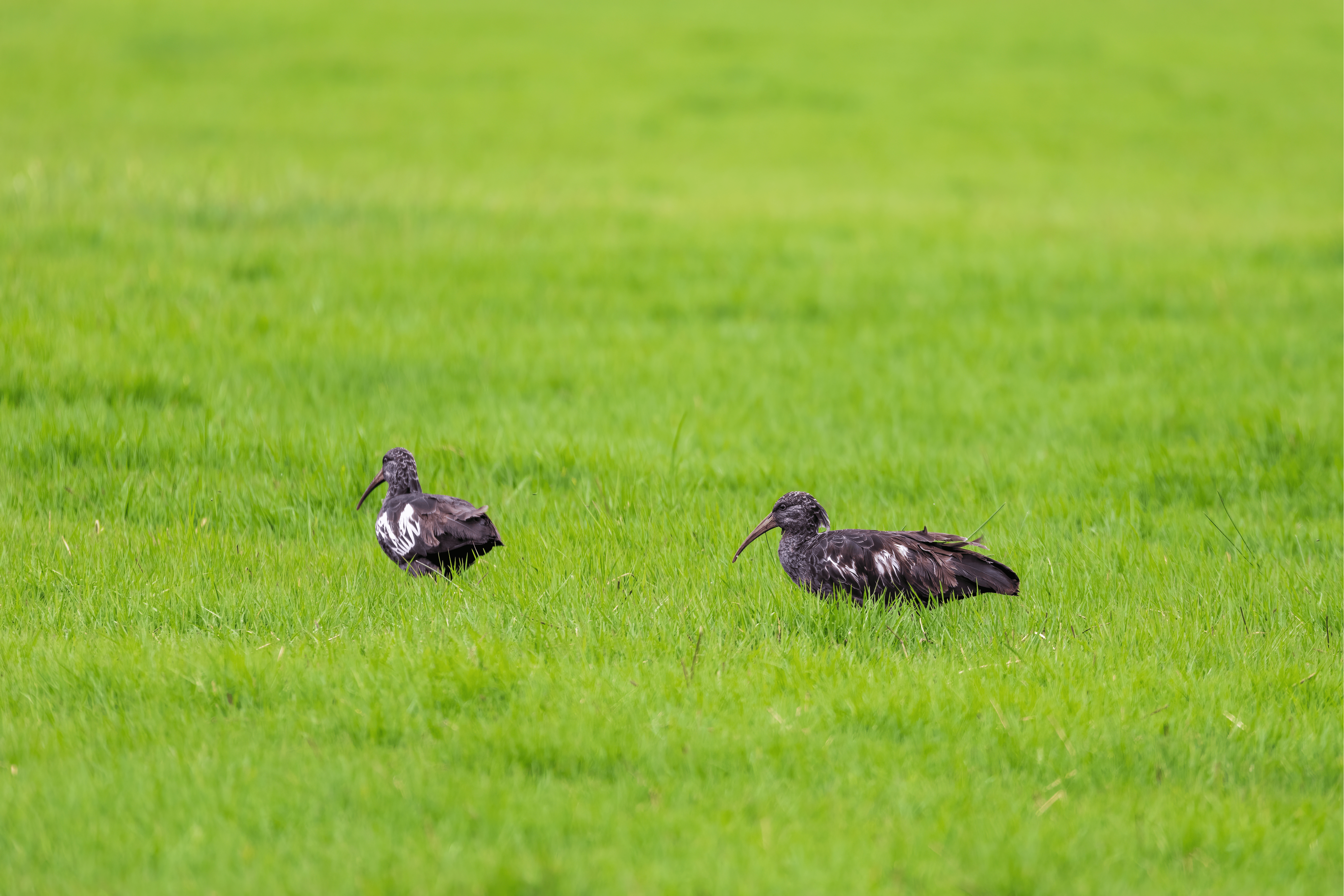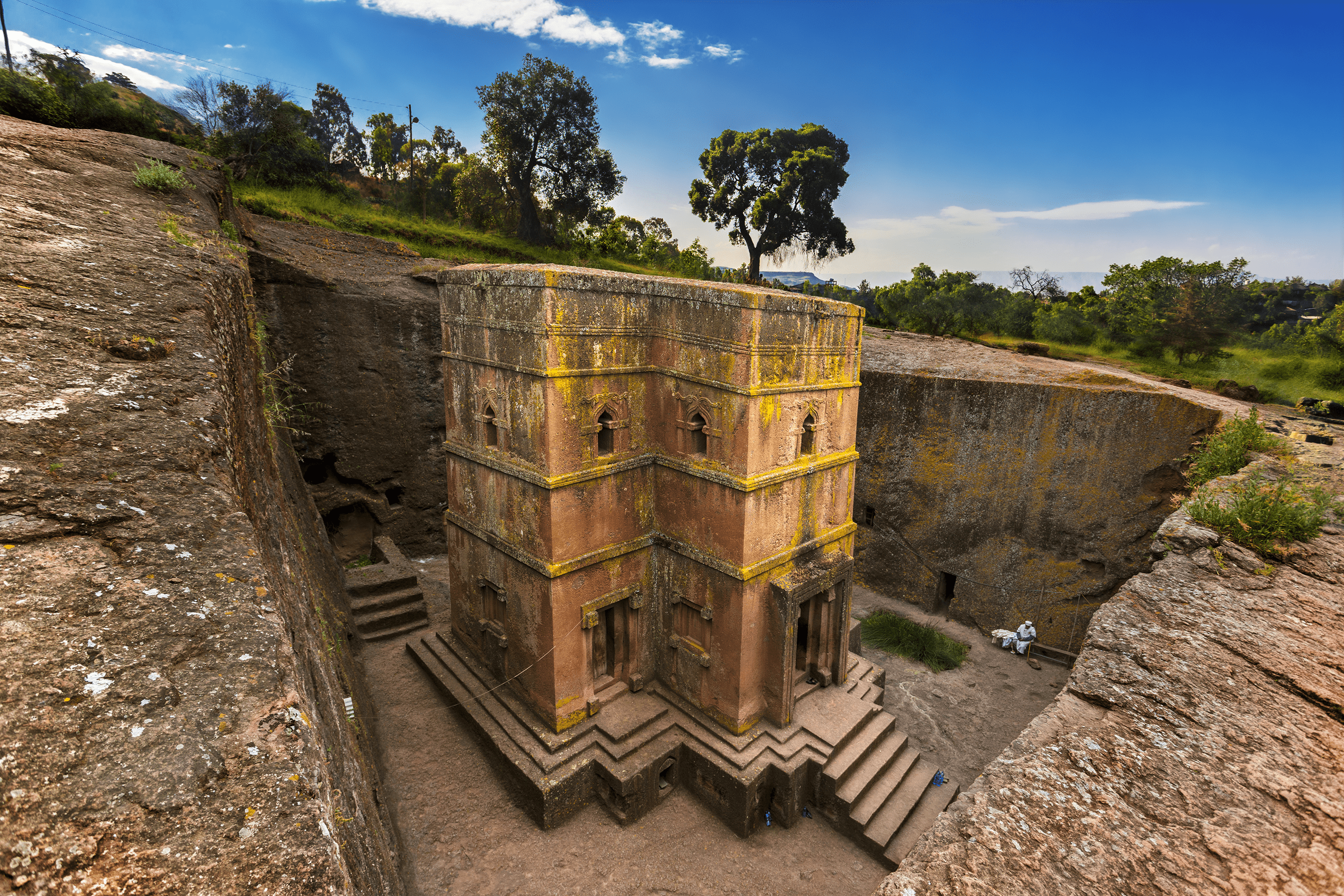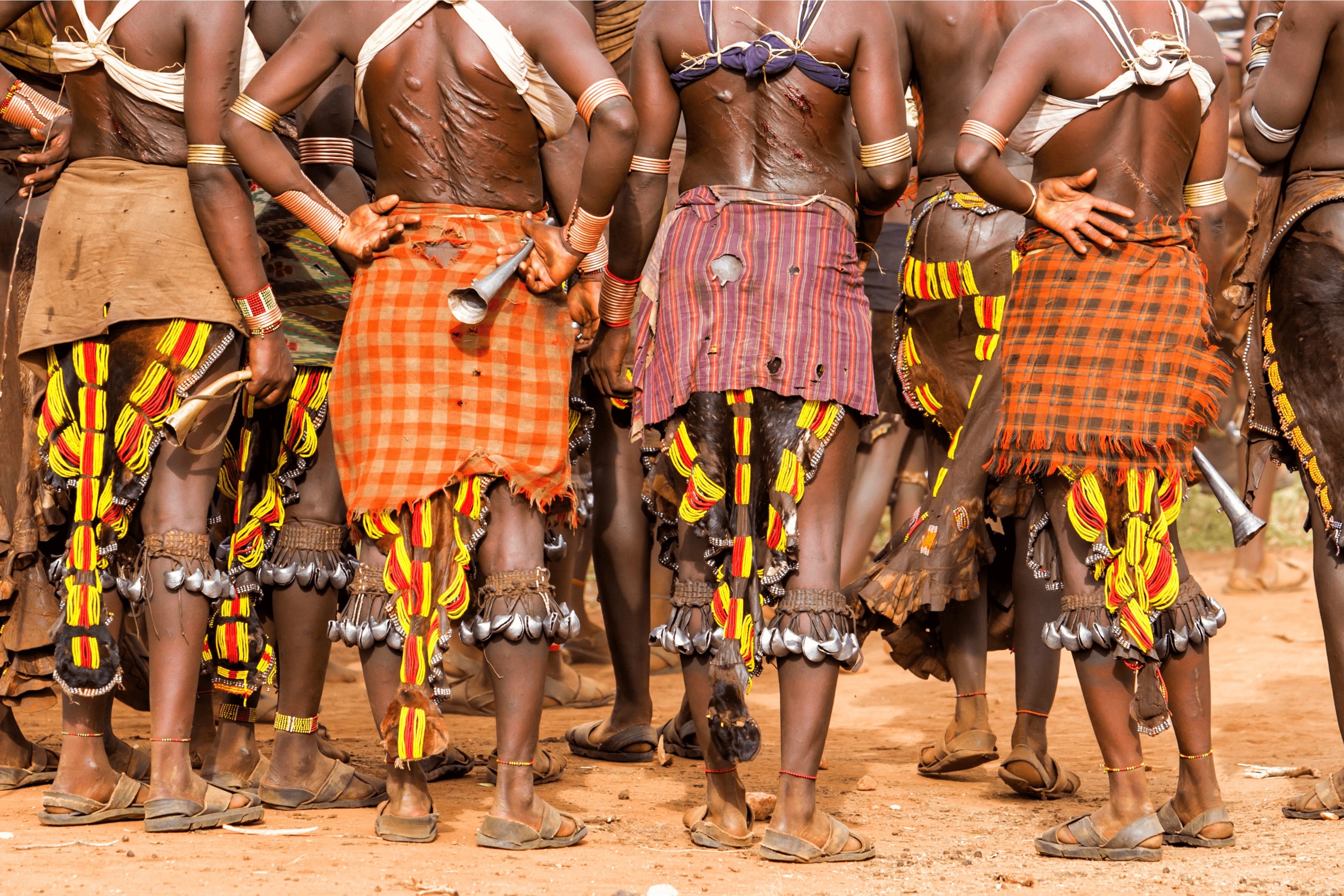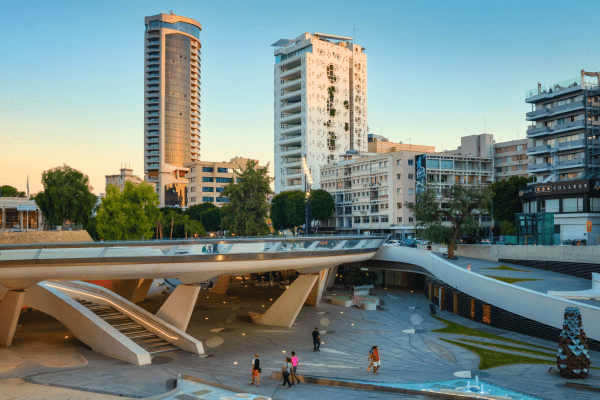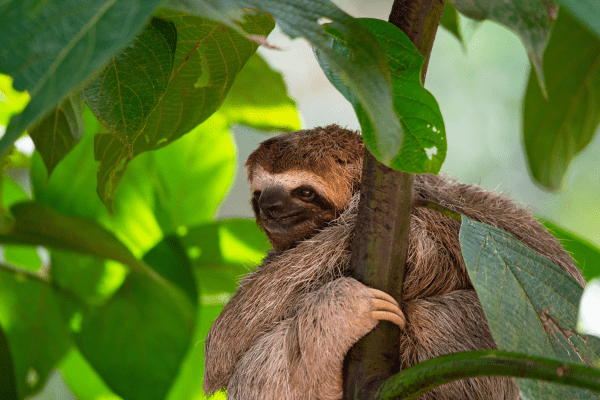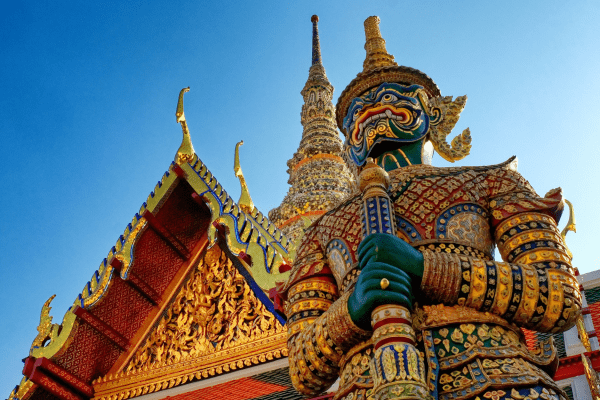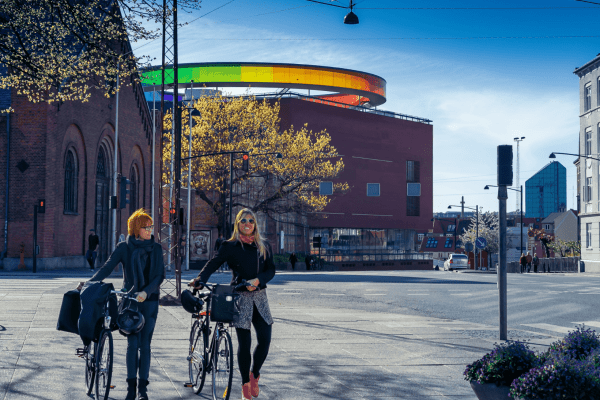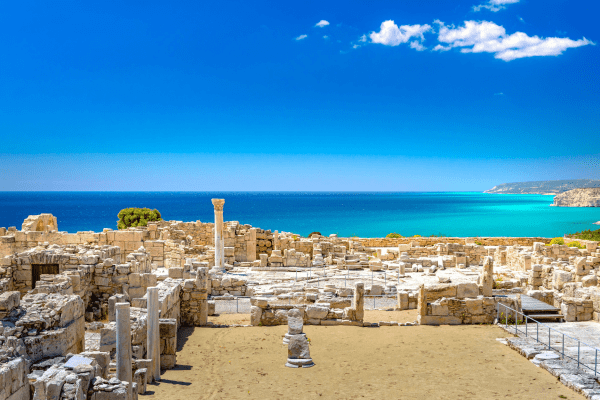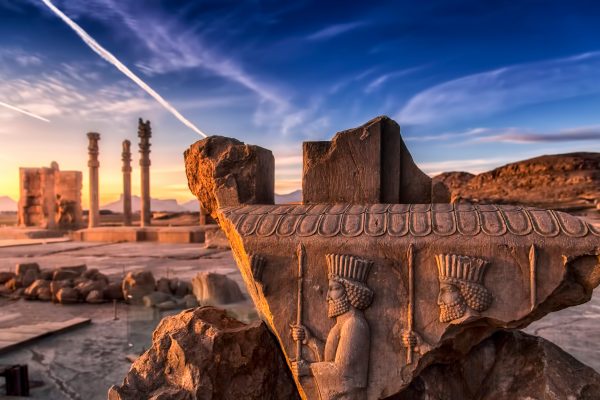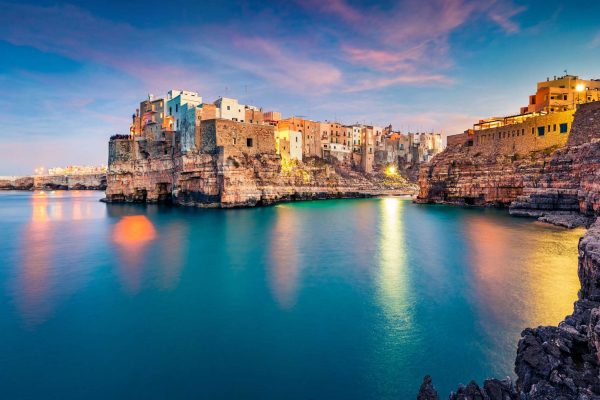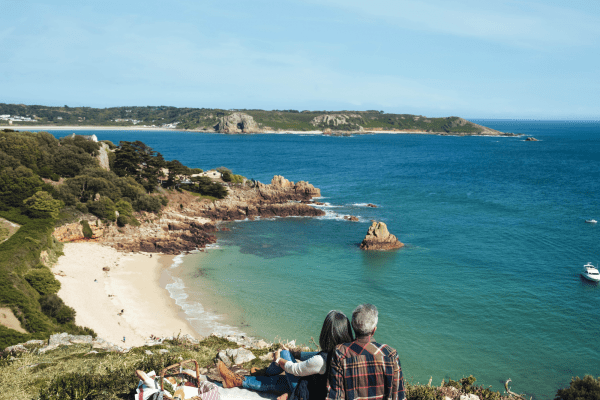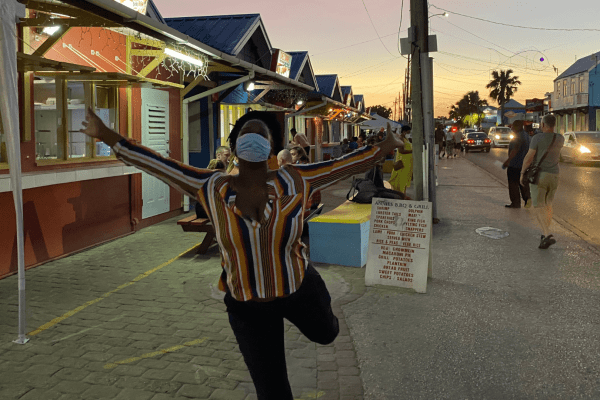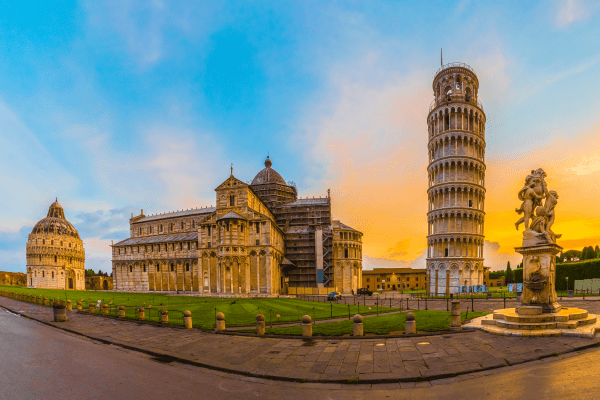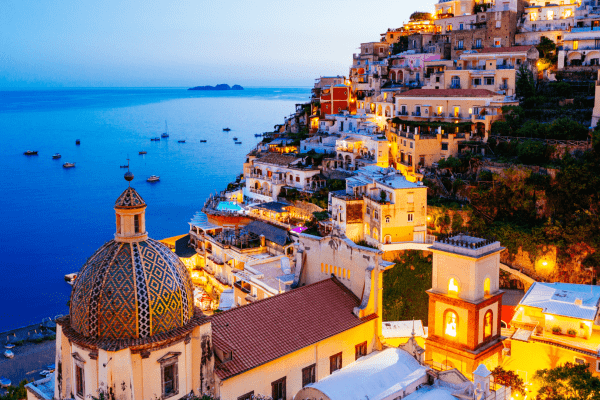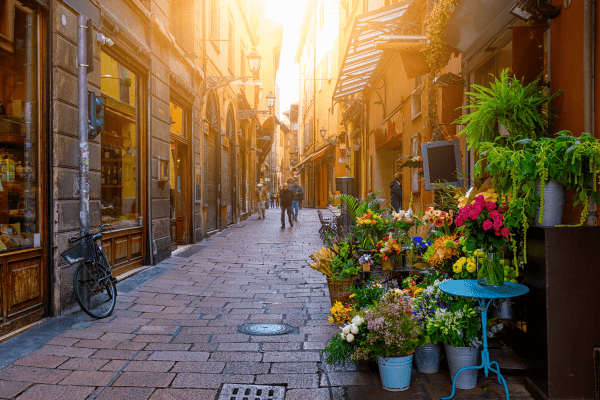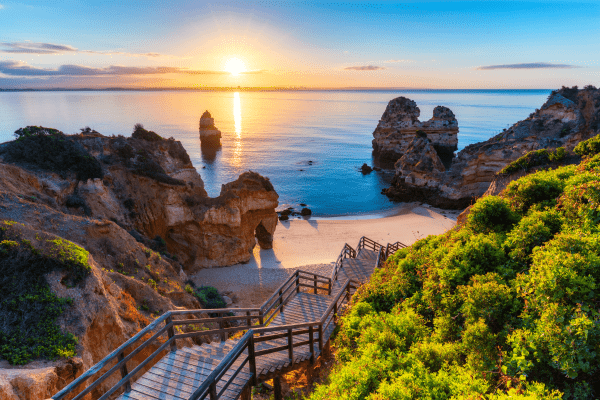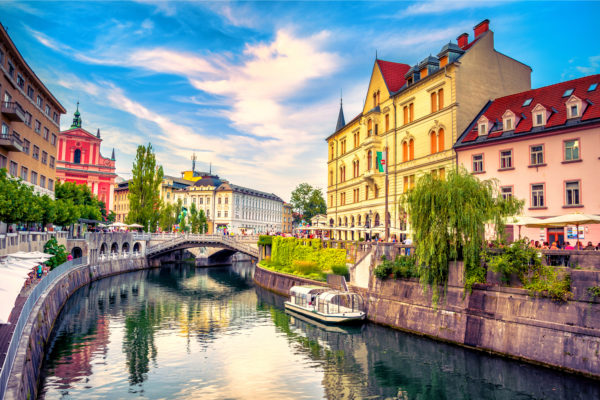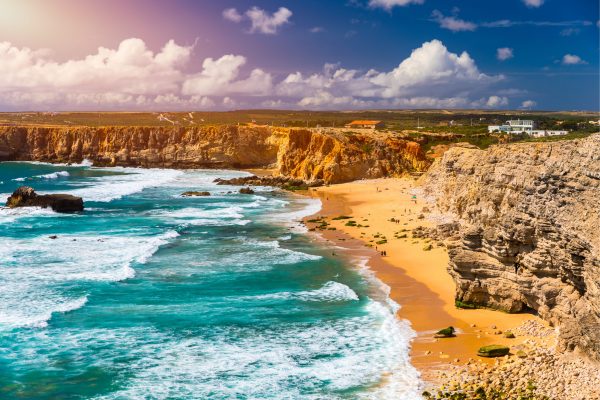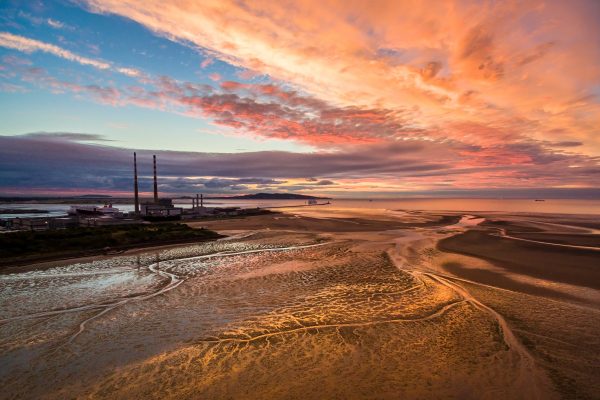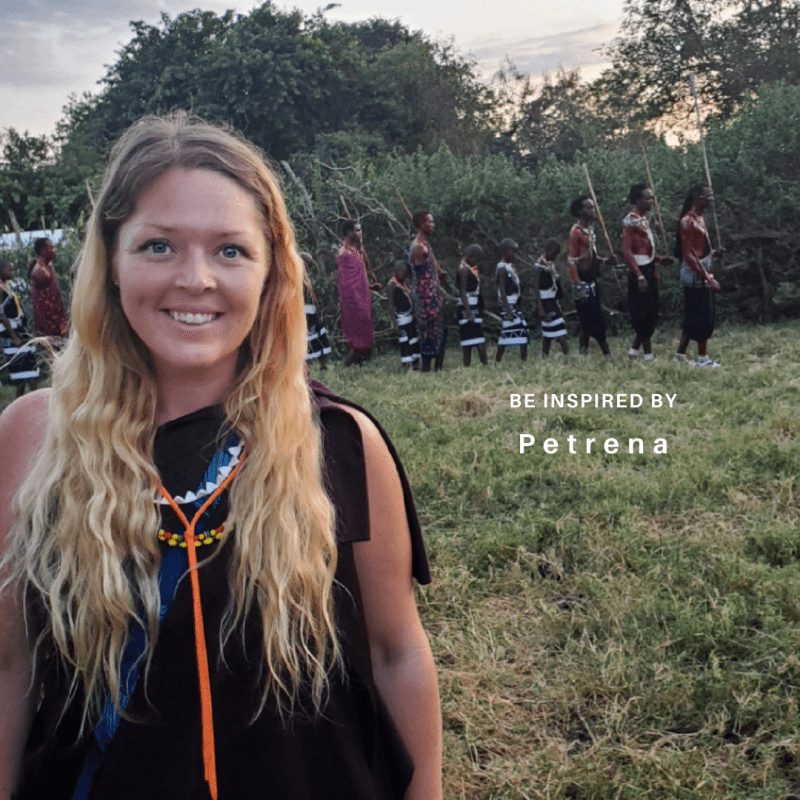Stunning landscapes, ancient history and truly exceptional coffee
Heralded by intrepid travellers as an all-time fave, the often overlooked east African nation of Ethiopia is re-writing travel bucket lists. Indeed, word is spreading of unique sights, delicious cuisine, and unusual wildlife in a beautiful and historic land. Did you know for example that Addis Ababa’s National Museum houses the bones of the world’s oldest hominid, Lucy, thought to be over 3 million years old; or that huge Lake Tana is dotted with medieval island monasteries; or that the Danakil Depression in the north is possibly the hottest place on earth? Tourist infrastructure is improving all the time, but you’ll need to allow time for long-distance domestic travel and include the cost of a guide which remains essential for an optimum experience at more remote sites.
A large central plateau, mountains, semi-arid and desert regions give Ethiopia a fascinatingly diverse landscape as well a wide-ranging climate. Overall, the most popular time for visitors is the October to March winter when days are warm and dry. However, a low season trip from April to August is totally possible. Temperatures will rise so you’ll want to avoid the hottest parts of the country and pick an itinerary that allows you to dodge the heaviest rains in July and August. This way you’ll not only achieve practically everything possible in peak season, but you’ll enjoy UNESCO sites without the crowds, get access to the best guides and accommodation for a fraction of the cost, and experience some special low season festivals and events.
Historic Northern Circuit
Explore the major sites of one of the oldest historic nations on earth. From the unmissable rock-hewn churches of Lalibela, travel to Gondar, once the seat of Ethiopian emperors and home of the elaborate 17th-century castle of Fasilides, and its unique mix of architectural styles. Take a boat trip around the islands of Lake Tana, the source of the Blue Nile, and visit its island shrines, but do be aware that some of the churches forbid entry to women. To the south of the lake lies Bahir Dar, the third largest and arguably the most beautiful city in Ethiopia, from where you can hike to the Blue Nile waterfall. Finish the circuit at Aksum, ancient resting place of none other than the biblical Ark of the Covenant.
The Cultural South
In contrast, the south is all about exploring the nature of The Rift and Omo Valleys, meeting the people and learning about their unique culture. Ethiopia has over 80 different ethnic groups, each with their own traditions including body painting and rituals. Among the best known are the Hamer and Mursi tribes of the Omo Valley. The rains come earlier to the south, as early as April, making some roads impassable. Try a visit from July onwards when the rains are further north. Low season also sees the renowned cow jumping ceremonies in the Lower Omo Valley, where young men prove their manhood by running over the backs of bulls.
Trekking
For an unforgettable experience, explore the mountain trails with a local guide. There are many routes to choose from so even in low season you’ll have plenty for options for all abilities. Good choices are the mountains of Lalibela, including Mount Abune Yoseph, Ethiopia’s sixth tallest peak, Borena Sayint National Park, which is known for its diverse wildlife and landscapes, and the lakes of the Rift Valley. Hiking is also possible in the breathtaking mountains of Ankober and Menz-Guassa. Low season travellers wanting to tackle the stunning Simien and Bale Mountains will find them unsuitable due to fog in July and August, and should opt to travel instead between April and June.


